Projects
Carcass Removal & Composting
Removing predator attractants — protecting both livestock and large carnivores
Each spring (March–May), BHWC offers free carcass removal to Big Hole watershed ranchers during calving and lambing. By removing livestock mortalities from pastures, we prevent scavenger and predator attraction — reducing the likelihood of depredation and the need for lethal predator control. Donations are welcome but not required.
Carcasses are transported to our Upper Big Hole Carcass Compost Facility near Wisdom, opened in 2017 and managed by BHWC. There, mortalities are composted using wood chips and water, breaking down into minimal, stable material. Finished compost is reused to jump-start new piles, creating a closed-loop system. Equipment needed for hauling and turning is generously loaned by partners, including Red Rock Lakes National Wildlife Refuge and local ranchers.
Why composting matters
Historically, carcasses were buried, dumped, or left on the landscape — all of which can attract wolves, bears, and mountain lions and lead to escalating conflict. Composting provides a safe, efficient, and wildlife-compatible alternative that protects ranch operations, public lands, water quality, and carnivore populations.
Outcome: A simple, cost-effective practice that helps livestock and large carnivores share the landscape without escalating conflict.
Wildlife Conflict Reduction
Practical tools that allow livestock production and wildlife to share the landscape
BHWC’s Wildlife Programs are built around prevention — reducing conflict before it becomes loss. We deploy on-the-ground, producer-driven strategies that lower attractants, increase human presence, and strengthen coordination across the valley.
Our work includes:
-
Carcass Removal & Composting during calving/lambing to remove predator attractants
-
Bear-Safety Training & Bear-Resistant Infrastructure (can distribution and education)
-
Range Rider Patrols on summer allotments to monitor predator activity and livestock condition
-
Regional Coordination as part of the landowner-led conflict reduction network coordinated by Heart of the Rockies Initiative
-
Service to Neighboring Valleys including reimbursed carcass removal for Sage Creek producers through the Centennial Valley Association
Purpose: Keep ranchers in business, keep predators on the landscape, and solve conflict with practical, non-lethal tools — not crisis response.
Landowner-Led Regional Coordination
BHWC is part of a statewide, producer-driven effort to scale non-lethal conflict reduction across working landscapes.
The Big Hole Watershed Committee participates in a landowner-led regional coalition coordinated and led by the Western Landowners Alliance and the Heart of the Rockies Initiative. Together with several peer organizations, we are aligning and expanding proven strategies — such as range riding, carcass management, bear-safe infrastructure, and education — to reduce wildlife–livestock conflict while keeping ranching viable and large carnivores on the landscape.
Backed by Major Public–Private Investment
In 2024, the National Fish & Wildlife Foundation (NFWF) awarded nearly $5 million to launch a major grizzly bear conflict prevention initiative in Montana, administered by Heart of the Rockies in partnership with Montana Fish, Wildlife & Parks, with Western Landowners Alliance as a core partner. That federal investment complements a larger USDA-NRCS funding package for non-lethal conflict prevention for both grizzly bears and wolves through 2029.
BHWC is a funded sub-recipient of this initiative, expanding our on-the-ground capacity in the Big Hole to deliver and cost-share conflict-prevention tools where they matter most on the ground.
What the Program Funds & Deploys
-
Range Riding to deter predators and detect issues early
-
Carcass Removal & Composting to prevent predator attraction
-
Electric Fencing & Bear-Resistant Infrastructure to secure attractants
-
Education & Bear-Safety Outreach for communities and producers
Why It Matters
As grizzly bears and wolves continue to expand into the Big Hole — a natural migration corridor for large carnivores — proactive, non-lethal tools are essential to avoid losses, reduce agency response, and protect the social license for both ranching and wildlife conservation.
Outcome: A coordinated, producer-led, publicly leveraged system that turns conflict into coexistence — and keeps working lands and wildlife on the landscape together.
People & Organizations Involved
USFWS – Red Rock Lakes National Wildlife Refuge
Montana Fish, Wildlife and Parks
Montana Department of Livestock – Livestock Loss Board
Montana Department of Transportation
Montana Department of Environmental Quality
Heart of the Rockies Initiative
Natural Resources Conservation Service
National Fish and Wildlife Foundation
Tash T Diamond Post & Pole
Private landowners, who participate in the program as well as donating wood chips and manure for the composting program, the use of heavy equipment to turn compost piles, and more.
Project Documents & Resources
Montana Standard: Guest View – Tana Nulph: Montana is big enough for ranching AND grizzlies
Mountain Journal: Composting Carcasses In Cattle Country Keeps Livestock And Predators Alive
Big Hole Breezes: Big Hole Watershed Offers Carcass Removal
MT Public Radio: To Keep Predators Away, Montana Ranchers Compost Dead Cattle
Carcass Disposal Option: Composting
“Should You Consider Carcass Composting?” by Cora Helm
Project Photos
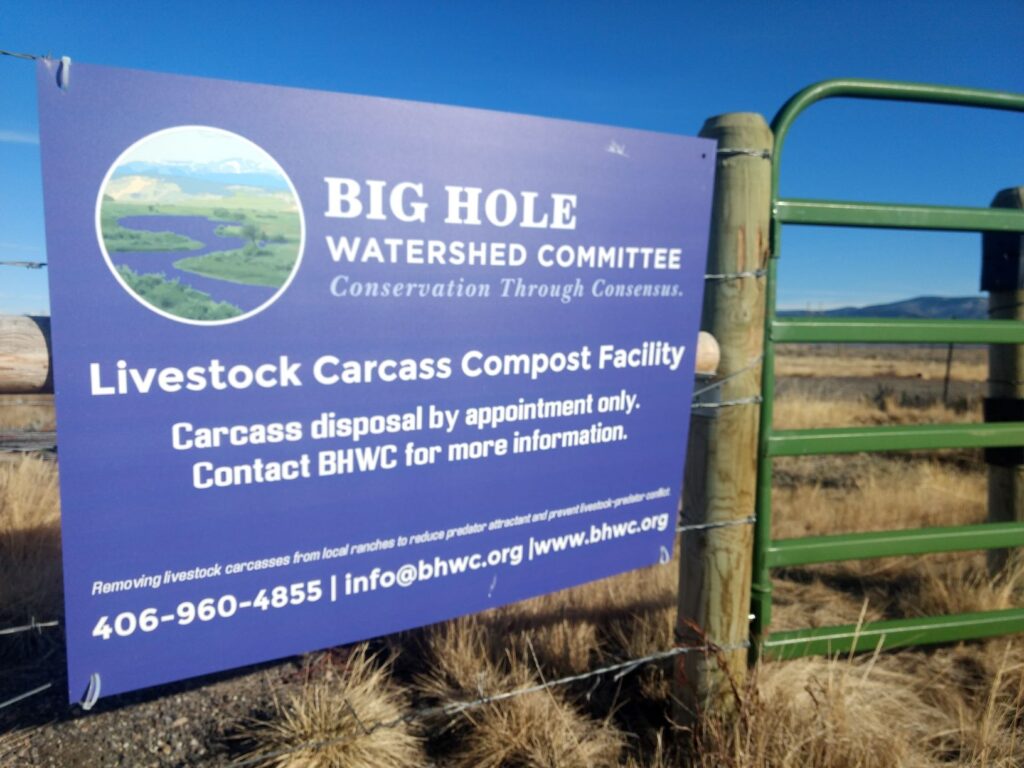
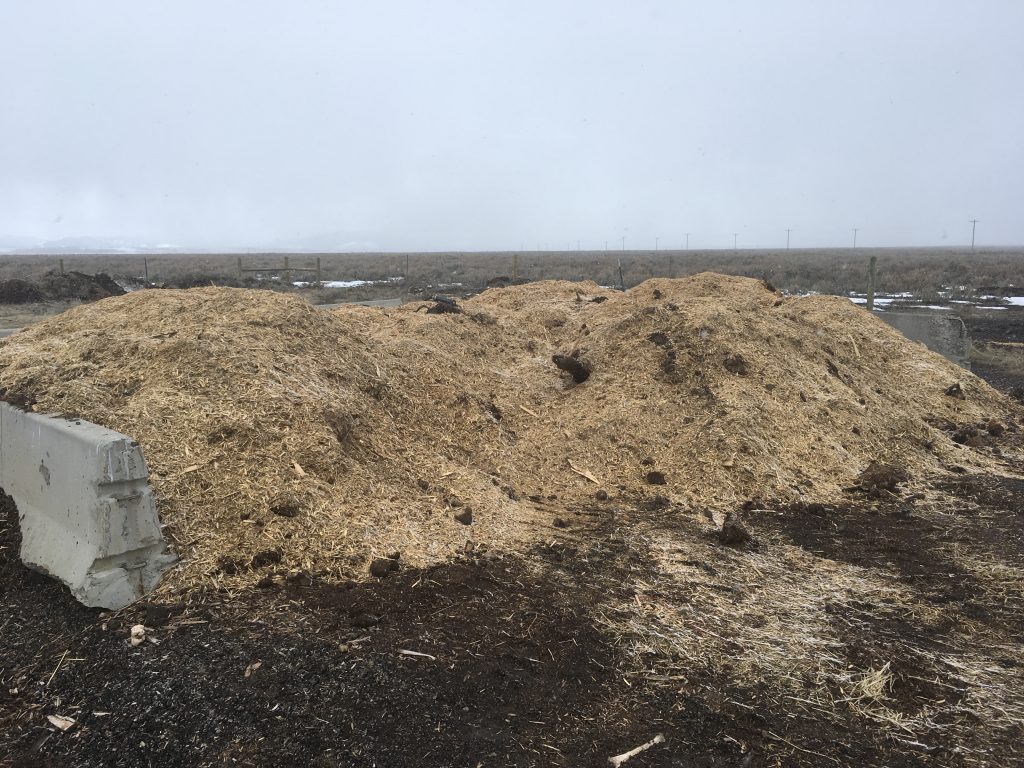
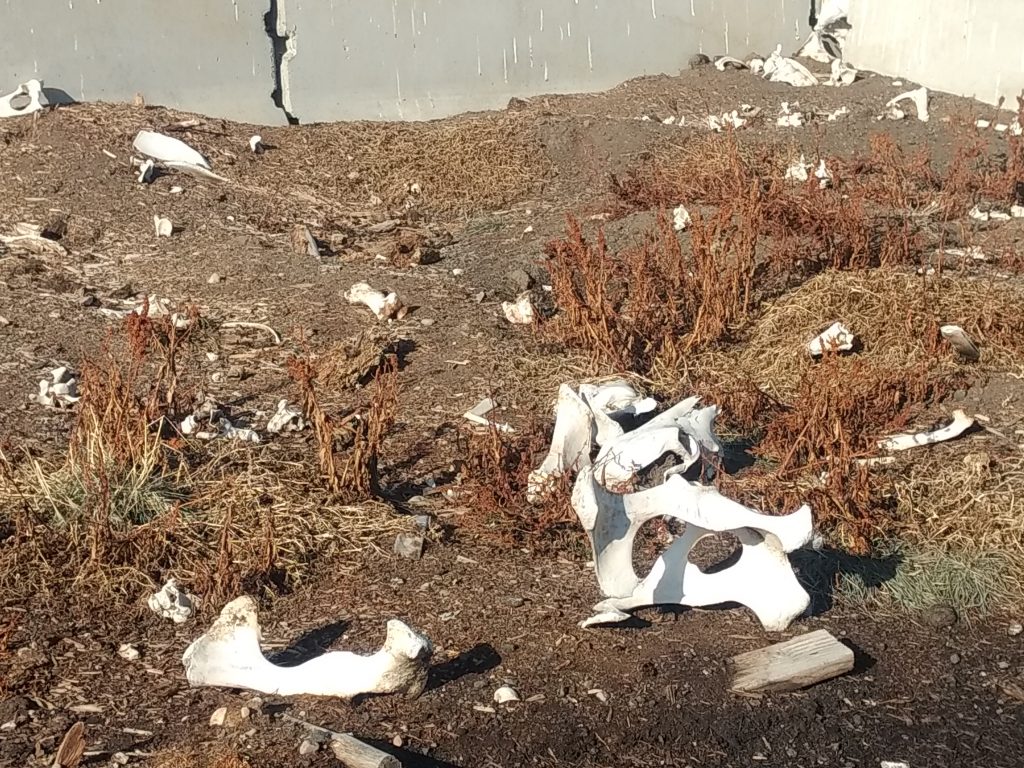
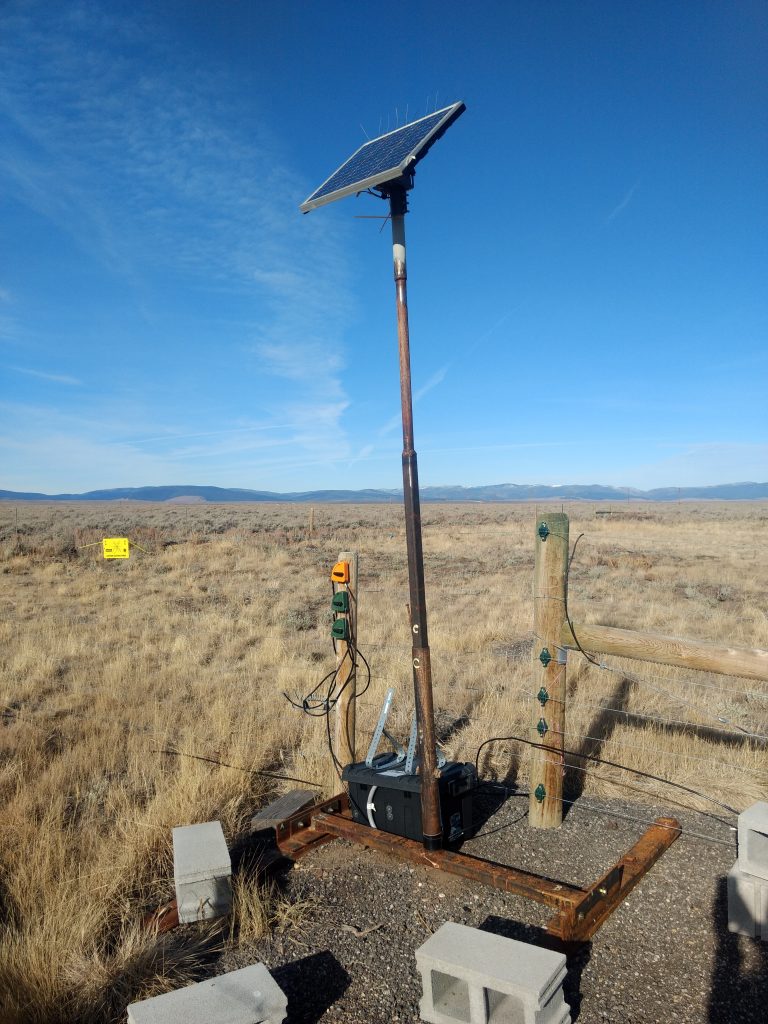
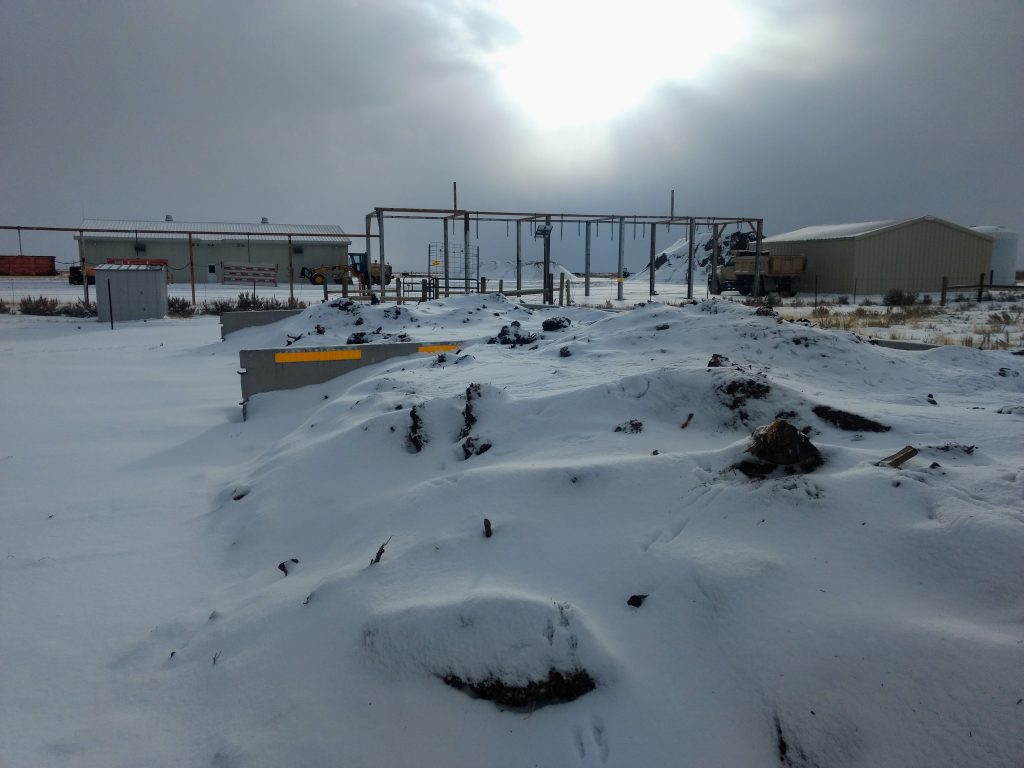
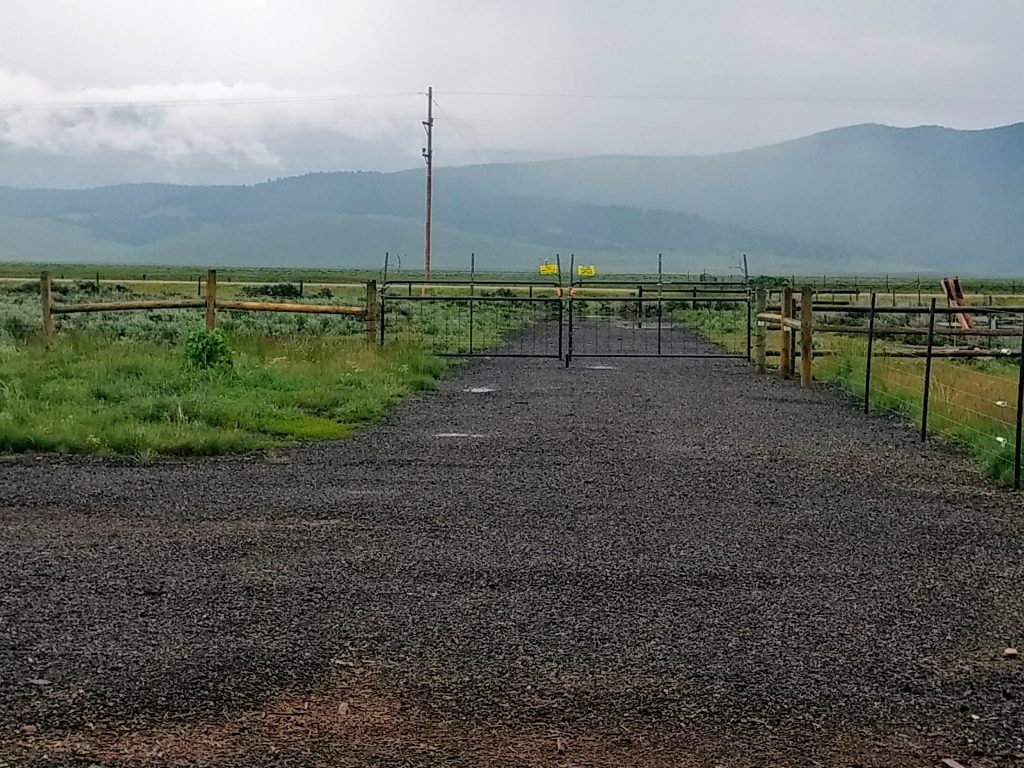
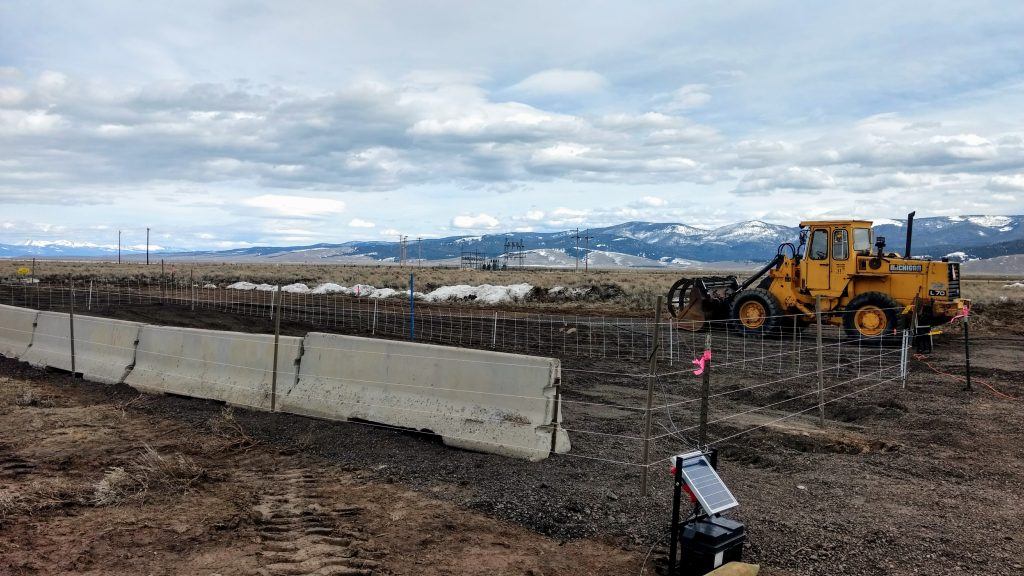
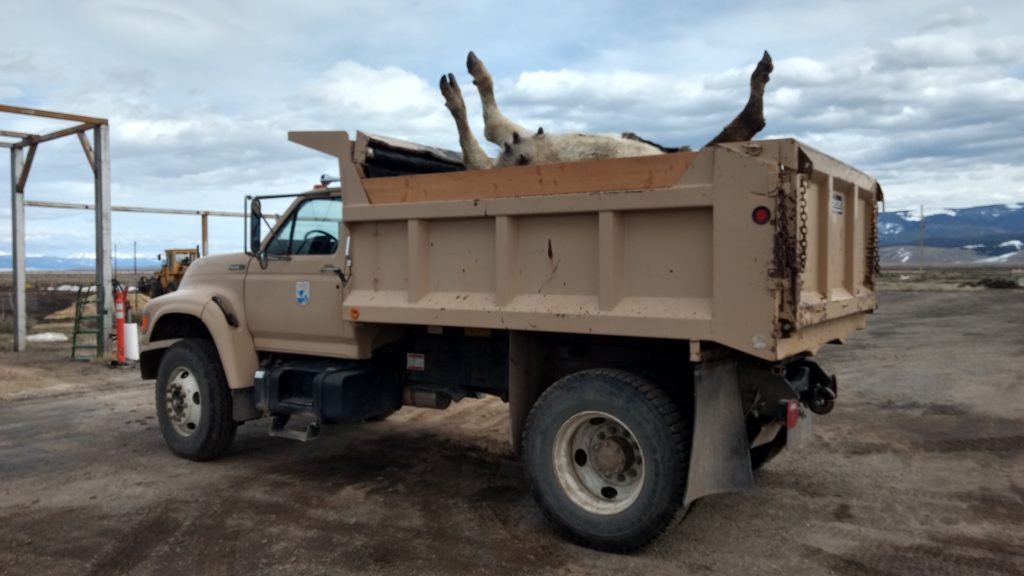
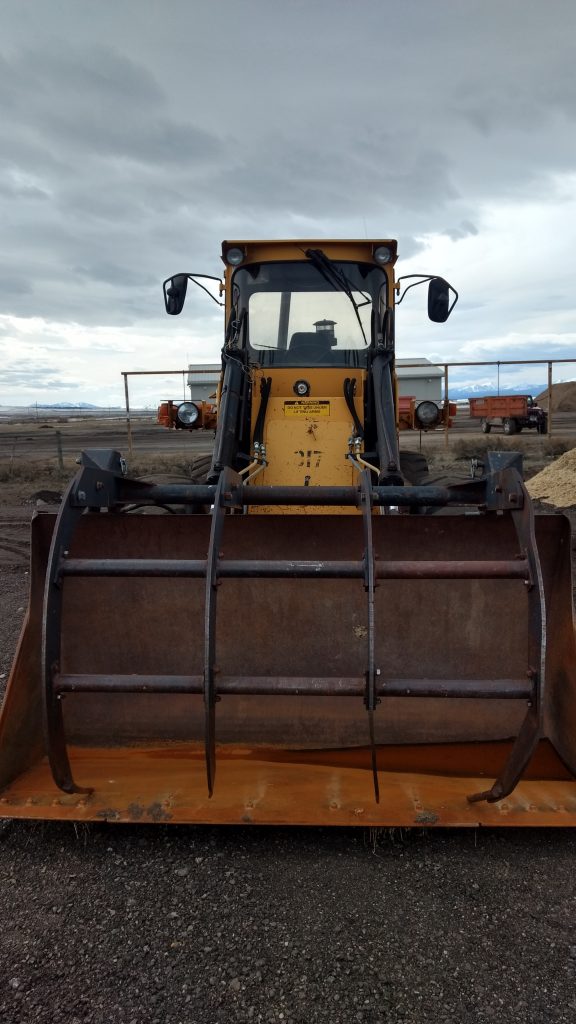
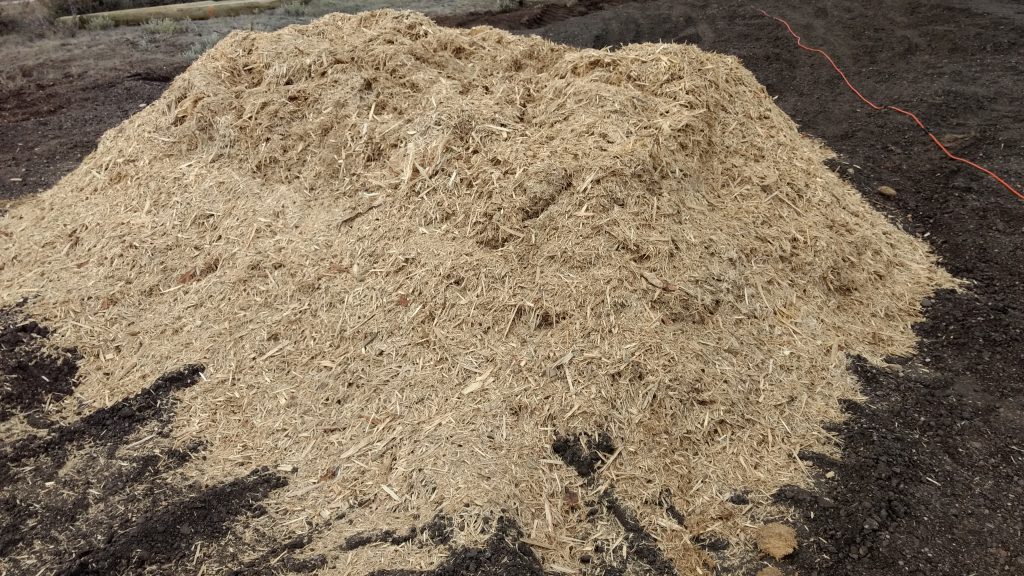
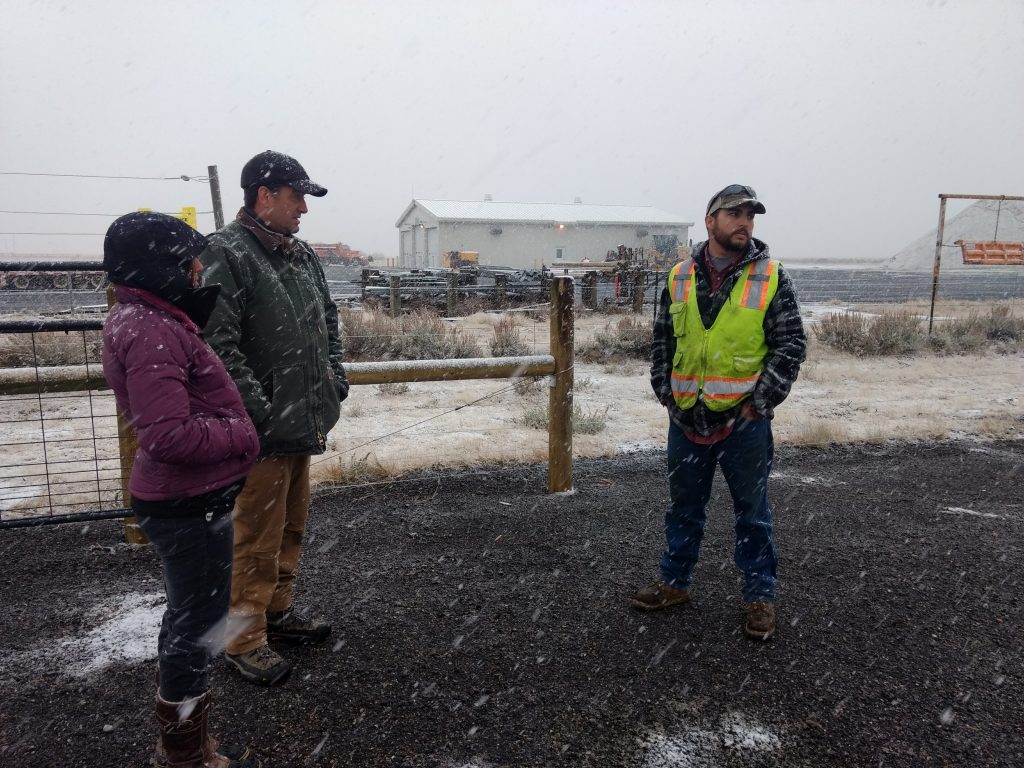
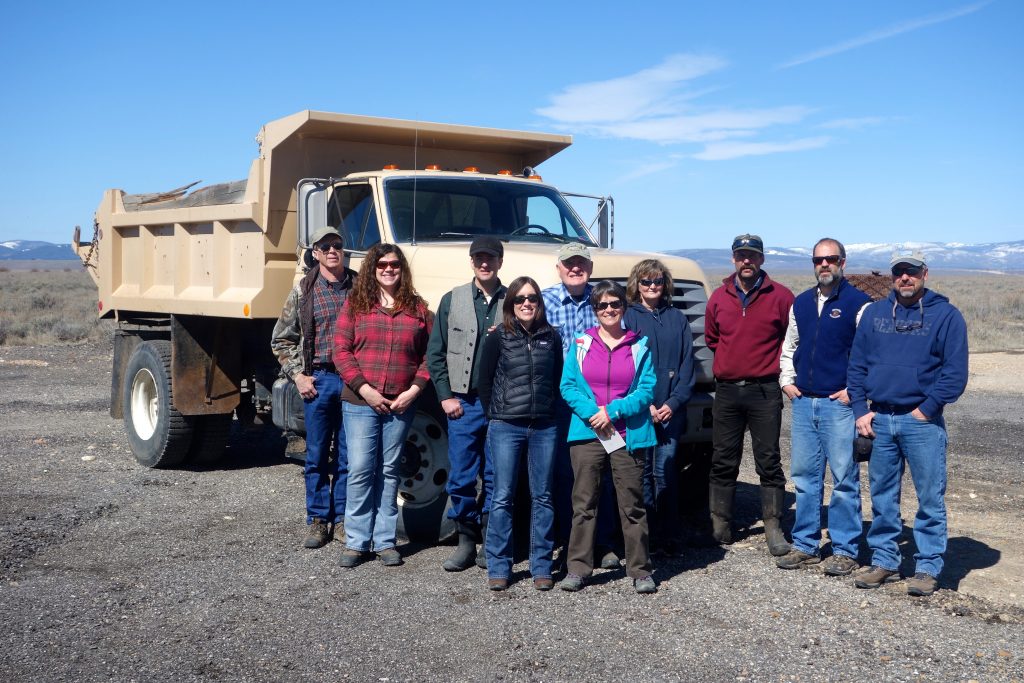
Project MAP
Status
Ongoing
Type
Wildlife Conflict
